Drayton Manor is tucked into a hollow on a bend of Three Mile Water river in Co Wicklow. The verdant setting, behind a pristine cut-stone wall and electric gates, is dotted with ancient lichen-covered trees that flank the rushing waters. The pastoral scene is interrupted only by the vast modern mansion at its heart.
Built 10 years ago by the prominent solicitor Gerald Kean, Drayton Manor spans 17,000sq ft (1,580sq m), and with 11 bedrooms, a ballroom that seats 260, a 54-seat cinema, a cigar room and a repurposed bar it very much reflects the larger-than-life persona of its owner.
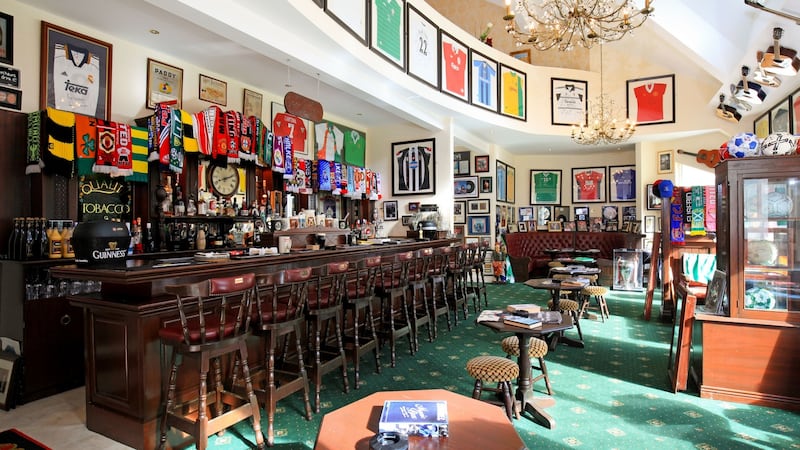
Kean has been a fixture on the Dublin social scene since the late 1990s, when he and his ex-wife, Clodagh Hopkins, became regulars on the Irish celebrity circuit while he built a business representing many entertainment figures. (He counts the singer Simon Le Bon, of Duran Duran, among his closest friends.)

In 2006, Kean purchased the two-acre site, close to Brittas Bay, from the late developer, banker, publican (and friend of the former taoiseach CJ Haughey) Patrick Gallagher for about €2 million. The original property comprises the central part of Drayton Manor, including a lovely country-style kitchen designed by Roly Saul, of Roly's Bistro, and it's estimated that a further €2.5 million was spent on the property's refurbishment and extension.
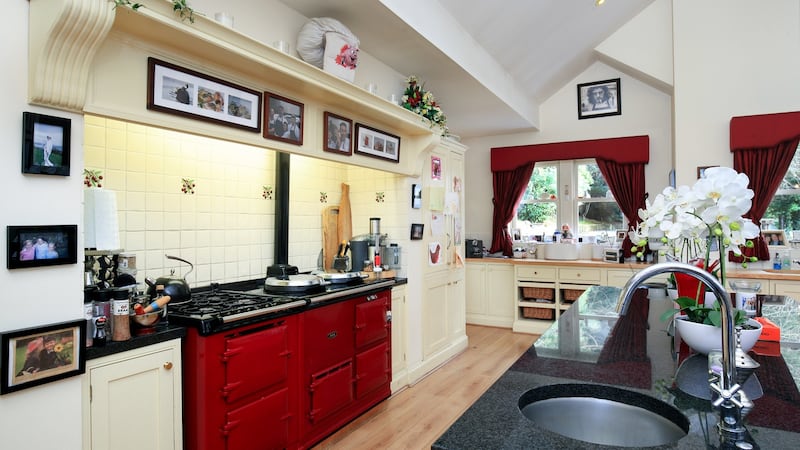
The Corkman's flamboyant lifestyle has been well documented by the media, and he and his practice are never far from the headlines. Kean is pictured regularly attending and hosting charity events, frequently with a glamorous woman on his arm, including for many years the former model Lisa Murphy. Many of these glitzy occasions are remembered in photographs dotted throughout the property.
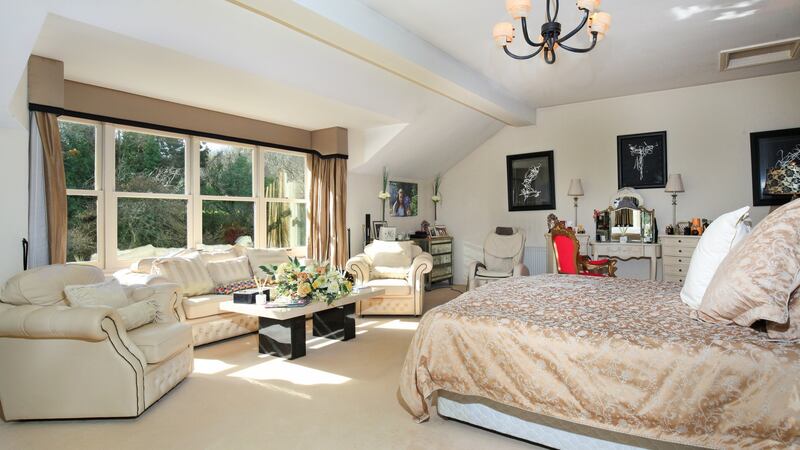
“I have loved every minute of living here, and still do. It has been the dream home, and a very happy house. It is just too big for me now. It’s an ideal house for a big family. I just have too many work and charity commitments, running to six nights a week at this stage,” Kean says.
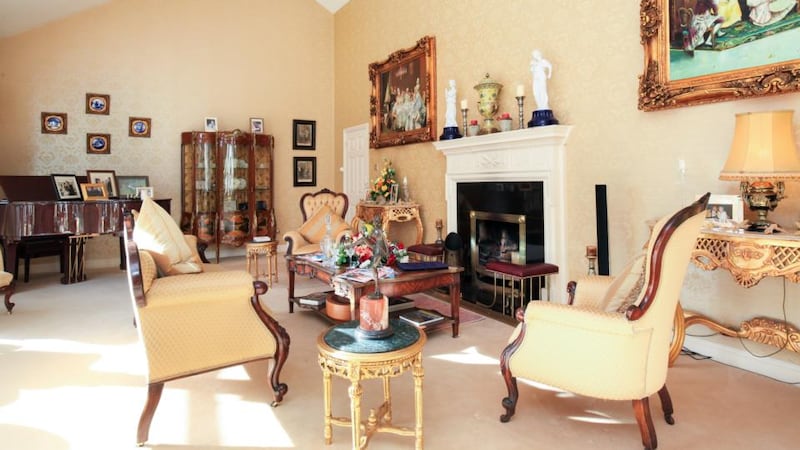
The property is for sale, with contents negotiable, for €3.75 million through Knight Frank. (Kean, who is planning a return to Dublin, says a large penthouse in the Dublin 4 area is in his sights.) Dunmara, the lavish coastal home on Strand Road in Killiney that Kean once shared with Hopkins, has been on the market since last year, and it is currently seeking €4.5 million, down from €6 million.
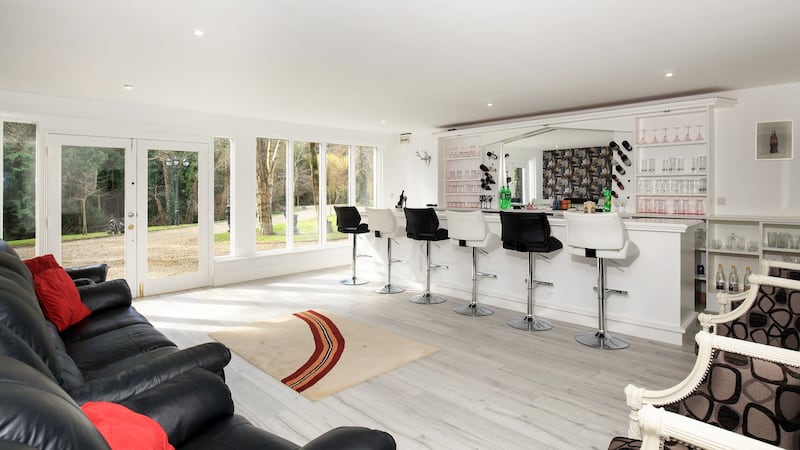
This is a house that has been designed for constant entertaining. Not too many homes come with their own bar, but Drayton Manor has three. One is in a separate 1,300sq ft (120sq m) games house; another is the original bar, re-created here, from the old 108 pub in Rathgar. Complete with working taps, upholstered booths, bar stools and standard-issue pub carpet, it’s the real deal – and a favourite, Kean says, with the many soccer teams he has entertained here. His firm, based on Pembroke St in Dublin, specialises in sports law and represents a number of Premier League footballers.
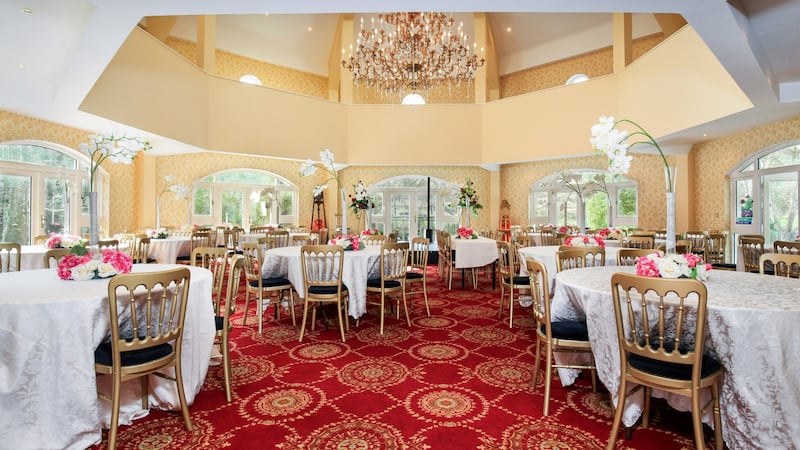
The third bar services the extraordinary octagonal ballroom. Overlooking the gardens and man-made island outside, it features a stage, a mezzanine balcony and tables dressed in a near-permanent state of readiness for the next big occasion. Aslan, Simple Minds and Hothouse Flowers have performed here, and Kean says The Stunning are scheduled to play at an upcoming charity event.
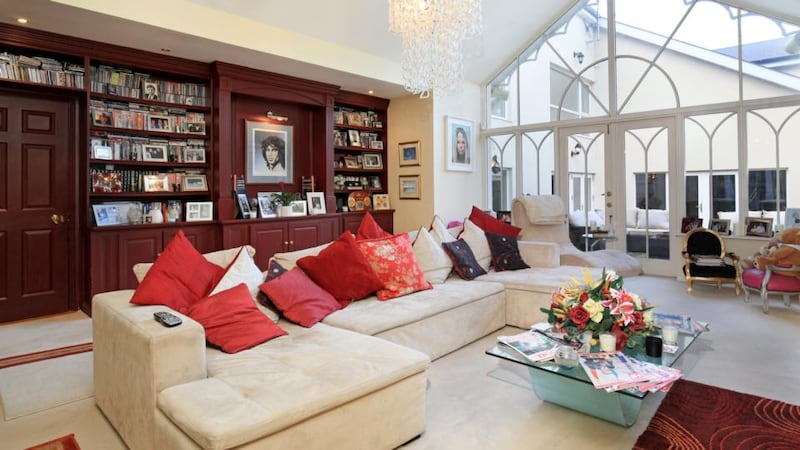
The pleasure-dome theme continues with a fully serviced cinema, complete with four rows of seats from the old Adelphi cinema in Dún Laoghaire. The state-of-the-art gym features equipment sourced through contacts at Manchester United Football Club. Nearby is a cloakroom, ladies' and gents' toilets and a windowless cigar room done to a library style.

Here Kean points to his favourite piece in the house: a CD cabinet that he bought on offer at Woodie’s, then turned into a humidor for his cigars. It sits alongside an 18th-century cocktail cabinet worth several thousand euro.
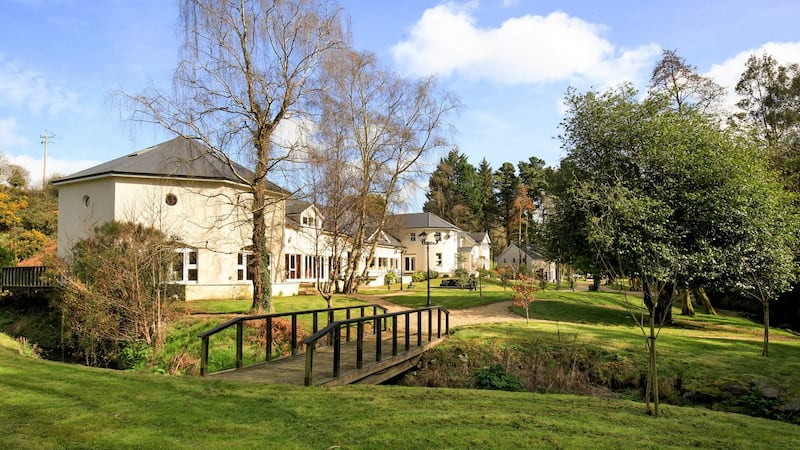
This eclectic approach to decor is echoed throughout the house. Antique furniture and art sit beside far cheaper reproduction furniture and artwork. Kean explains that he decorated the house himself and would go at it in bursts. “I’d go into Brown Thomas and say, ‘You see that bedroom set-up you have there? I want all of it. Including the flowers in the vase and mirror on the wall. The whole lot.’ Then I went into Next and did that for another three bedrooms.”

It certainly explains a house where almost every room is vastly different from the next. The double-height entrance hall showcases a substantial collection of Graham Knuttel art. Kean says he owns 43 pieces, making him the world's fourth-biggest collector of the artists's work. Apparently Robert De Niro and Sylvester Stallone hold the top slots.

The very formal drawing room, with a Georgian-style fireplace and views to the gardens and river, is decorated with a mix of original French furniture and heavily gilded reproduction artwork. The wine cellar behind the stairs is replete with cheap white wine. Kean’s preference, red wine, is kept under lock and key.
A semicircular dining room has an impressive circular dining table at its heart, while the walls feature literary and historic memorabilia picked up over the years, including a signed copy of the Belfast Agreement and one of Napoleon’s letters, which Kean bought at auction but then became embroiled in a legal dispute with the French government over. He eventually won the case.
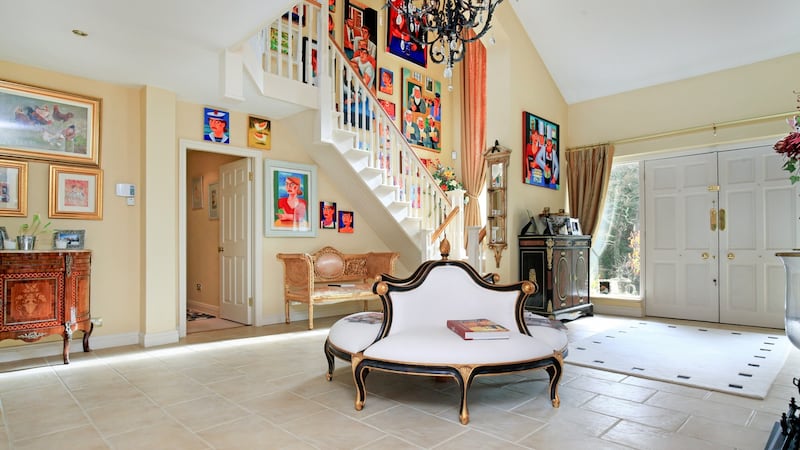
Because Drayton Manor is such a bespoke property it’s hard to quantify its appeal to potential buyers. The accommodation is very comfortable, and it would suit a big family. The location, minutes from Brittas Bay, gives it holiday appeal. Across the road, Seafield House, an original (far smaller) Georgian farmhouse with private beach access, sold in 2013 for just over €1 million.
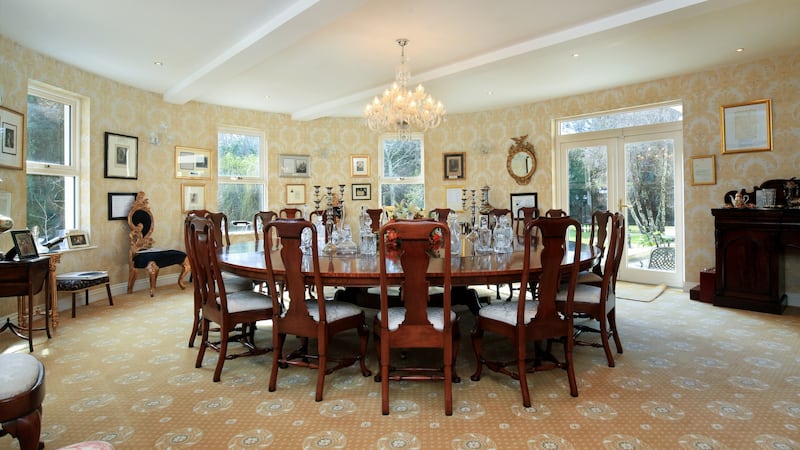
Given the scale and facilities at Drayton Manor, the property could easily have appeal as a hospitality venture. Or perhaps, given our rapidly ageing population, and the apparent scarcity of adequate accommodation, it could have potential as a luxury retirement home.











